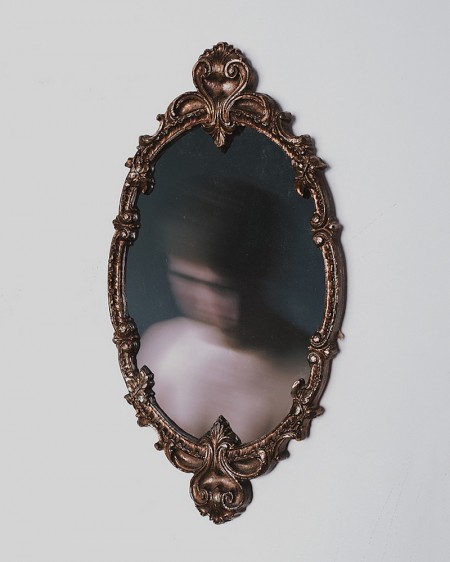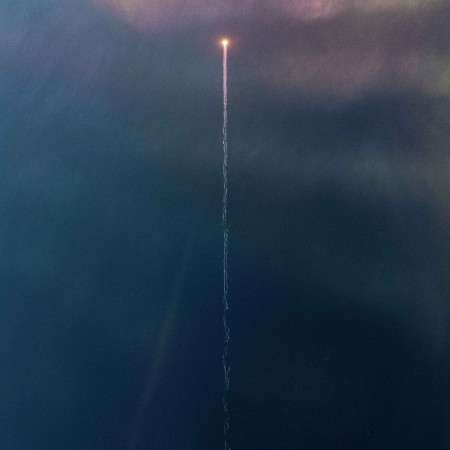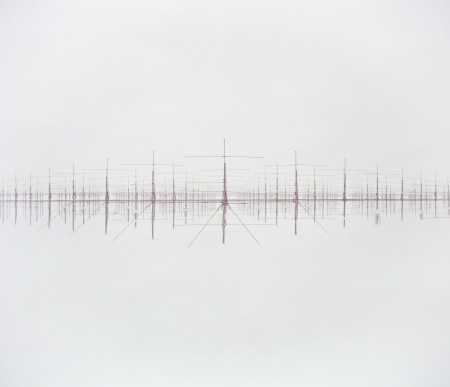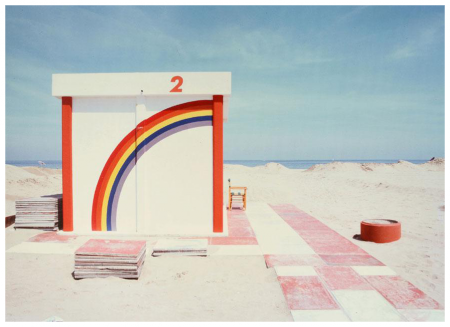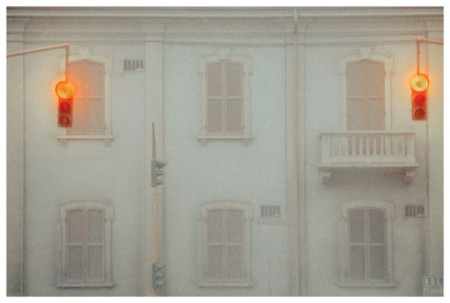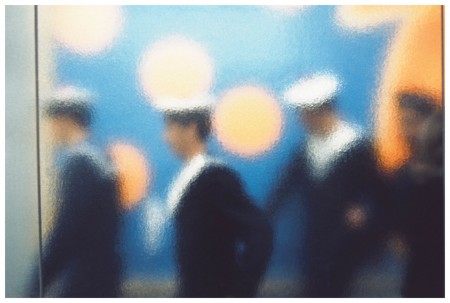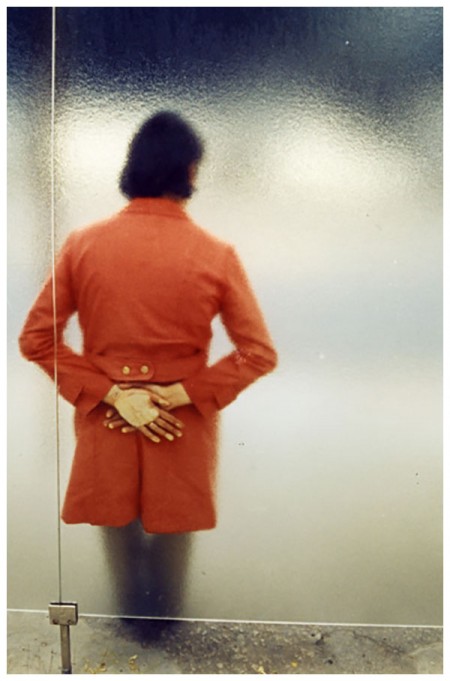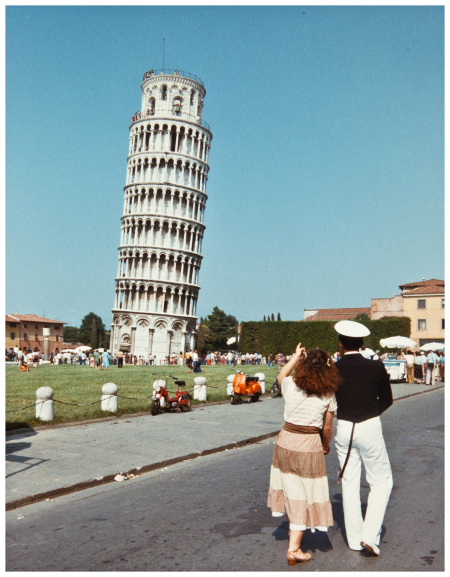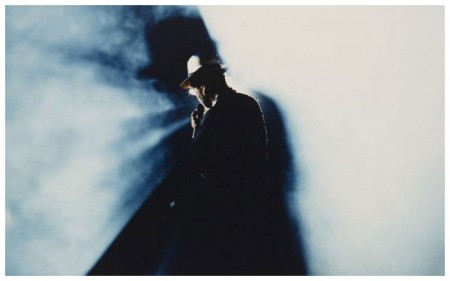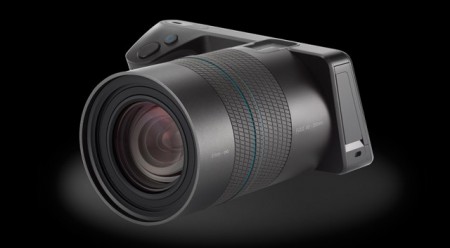
You may remember seeing the first Lytro light field camera here on the blog back in 2011. If its unconventional box-like shape wasn’t enough to catch your eye, the astounding technology that enabled photographers to adjust the focal point of the image after it had already been captured surely would have. Check out an example below, you can click to change the focal point and scroll to zoom in and out. There are more samples on Lytro’s Gallery page.
Well, now Lytro is back with the next evolution of the light field camera: the Lytro Illum. Physically, it appears much more in-line with traditional point-and-shoot cameras than its radical predecessor, with an angled display screen that gives the profile of the camera big points on both character factor and, I’d imagine, ergonomics. I’ve also read in some hands-on reviews that it feels remarkably light, weighing in at less than two pounds…yes, that lens that looks like a cumbersome beast apparently weights only half a pound.
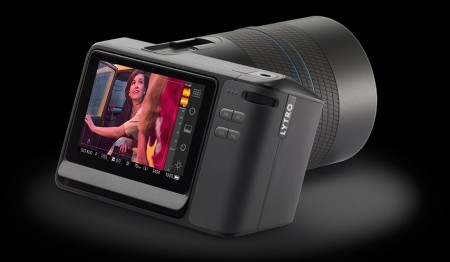
As pretty as the Illum is on the outside, it isn’t until you take a look at what’s inside that you can get a sense for how revolutionary this camera really is. The Illum uses a patented micro-lens array that captures data about color, light direction and intensity, storing this data for later use. This is the key difference between light field cameras and other cameras, which generally don’t give you much control over the photo once it’s been taken. A special Lytro button enables a helpful UI overlay that outlines the contours of objects in the shot, giving a sense of depth and a preview of how the image’s focus will be able to be adjusted by its viewers.
Perhaps the biggest kicker of all is the price tag. Looking at a piece of technology as revolutionary as this, you might instantly assume that it’s going to run tens of thousands of dollars. Wrong. It’s being listed at around $1,599 USD, which isn’t exactly cheap, but in the photography field it actually is very affordable. In his original post, Jon finished it off by opening the table for ideas on how this technology could be applied to great effect. One can’t help but think of all the possibilities when you look at technology like this: how would you use the Lytro Illum differently than you would your usual camera? Or, which of your favorite photographers would you like to see use a camera like this?
You can read more on the Lytro Illum on Engadget and The Verge
Posted by: Alex Koplin via Mani Nilchiani






























